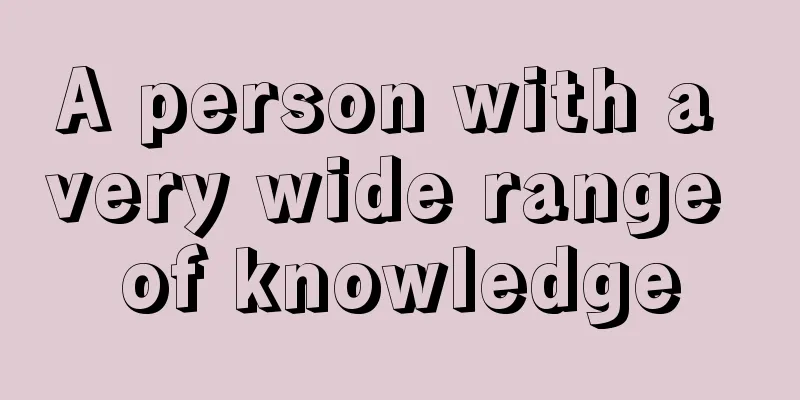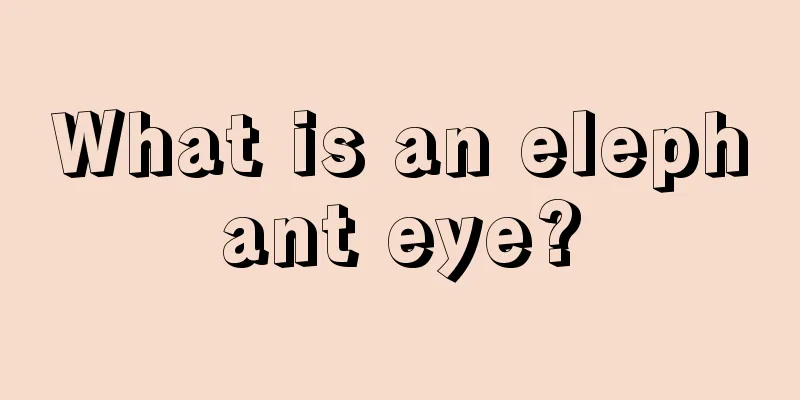Ripple CTO: The basic principles of blockchain itself prevent it from being widely used

|
Over the past few years, blockchain technology has become the most popular trend in financial technology, thanks to the contributions of major banks and financial institutions in the development of blockchain products. However, the financial industry has been unable to demonstrate a working application of blockchain technology. Ripple CTO Stefan Thomas believes that the problem lies in the basic principles of the technology itself. Despite the hype surrounding blockchain technology from the world’s leading financial organizations, the technology itself has received criticism from financial experts who believe it is not applicable to the traditional financial sector. The economic and financial benefits of blockchain technology are minimal compared to the costs of developing it. Based on the blockchain-based technologies and applications that banks have created over the past few years, the limitations of blockchain technology are quite clear. The technology is very expensive to implement and requires every network user to reach consensus on a set of rules and policies. If the established framework is broken, the entire network will shut down. Ripple CTO Stefan Thomas, who has been involved with Bitcoin and blockchain-based systems since early 2011, explained the fundamental mistake that companies and organizations in the financial industry make is that they want to use blockchain to replace the vision of centralized functions. Instead, Thomas believes that banks should look for ways to avoid using centralized functions from the beginning. Thomas wrote in a blog post:
To support this claim, Thomas uses the World Wide Web and Xanadu as prime examples. Just a few decades before the web was introduced, Xanadu emerged as a large network with some exciting features and services. The Web shrugged off the complex infrastructure of the Xanadu network, and over time the Web has remained dominant simply because its minimalist protocols supported simpler data formats; the Web simply gave users more freedom and independence to operate alongside Xanadu in person. Blockchain networks operate in exactly the same way. Network users are given the freedom and independence to create their own transactions, settle assets, and record immutable data. Blockchain networks are difficult to implement in existing systems and infrastructure because of their arcane political nature, which requires everyone on the network to agree on certain rules. This means that the entire concept of permissioned blockchain networks should collapse and banks must focus on the decentralized nature of blockchain technology. Thomas also said:
Financial technology or systems expect developers to integrate blockchain networks and run them in parallel with their financial systems. There is a common fallacy among banks and financial institutions that blockchain technology will enable zero-cost, cross-border, cross-network and encrypted transactions for users. What Thomas and other experts are suggesting is that banks must learn to give up the idea of regulating a technology or network that operates in a truly decentralized manner. A blockchain network without harmony and consensus from the community and the network is of no value, and that is also attributed to the permissioned blockchain system of banks. |
<<: Wang Yongli of LeEco Finance: Look at blockchain technology positively and rationally
>>: Can ETH and ETC coexist for a long time?
Recommend
Several face shapes that determine a woman's fate
Micro plastic surgery is popular nowadays. The re...
Basic course of fortune telling (5) Deciphering fortune telling method★ Dream Interpreter fortune telling class★
When Xie Nangong heard that his son was very depr...
Judging from the face, which person has weak kinship
Judging from the face, which person has weak kins...
What is the fortune of a man with Buddha eye lines? Is it a good palmistry?
There are numerous dense lines on people's ha...
How to judge people's hearts from their faces
People with short eyebrows also lack friendship; ...
I wish all bike-sharing companies would go bankrupt
For many people, shared bicycles are becoming mor...
Is it good for a woman to have a mole on the left eyebrow? What is the fate of a woman with a mole above the left eyebrow?
Having a mole on the face will affect a woman’s a...
How is the marriage luck of a boy with white and thin fingers?
Thin and white fingers are usually used to descri...
What does a mole behind the right ear mean?
We all have moles, and many people have moles on ...
Palmistry diagram: wrist line and neck line
Palmistry diagram: wrist line and neck line The w...
Which profession is more likely to succeed?
A person's appearance is also divided into th...
Money20/20 Financial Technology Event, Bitcoin Industry Big Names Gathered
As a world-class fintech event, Money20/20 allows...
What traces will be left on a woman's face after she cheated? How can we tell?
Girls should not think that if they hide their ch...
What are the proposals and voices regarding virtual assets, the metaverse, and digital collectibles at this year’s Two Sessions?
During the 2023 National People's Congress an...
Illustration of the triangle pattern on the palmistry line of wealth for those who are late bloomers
What does the triangle pattern on the wealth line...









